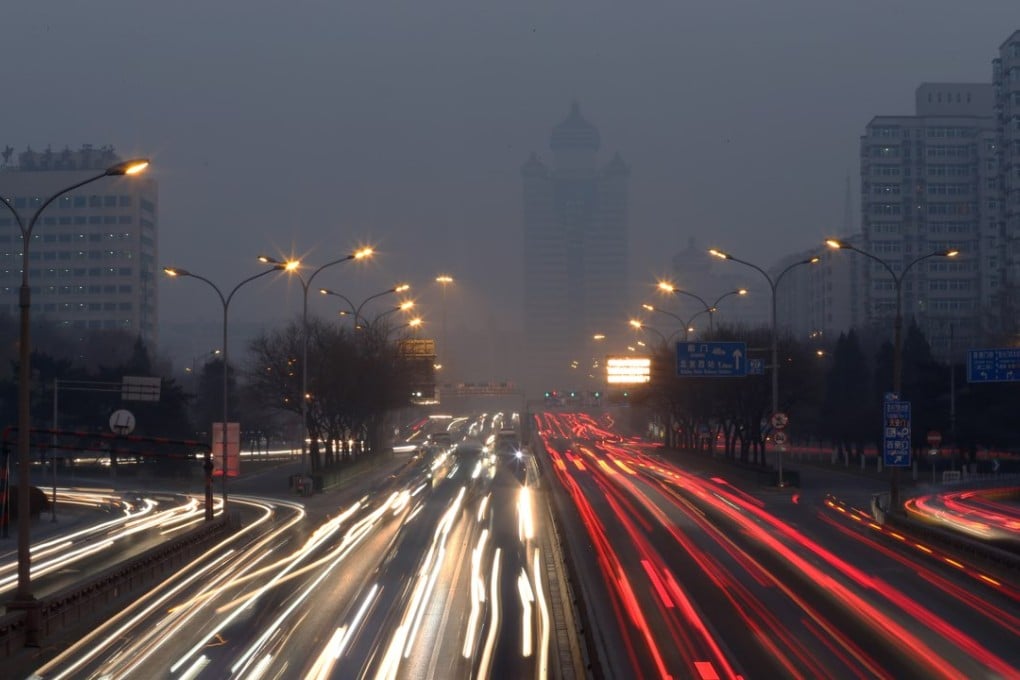New | North China’s choking, persistent smog ‘a political problem’, says outspoken sociologist
Chinese authorities should seek solutions instead of going after critics, says Renmin University sociology professor Zhou Xiaozheng

Northern China’s persistent smog problem is more a political issue than a technological one, an outspoken sociologist has said as the environmental minister admitted that the country’s industrialisation has created more pollution than nations did when they were in the same developmental stage.
Renmin University sociology professor Zhou Xiaozheng told a forum in Beijing this month that the authorities had been reluctant to admit the severity of north China’s smog problem until very recently.
But even these days, the government remained evasive about the true cause of the persistent smog, Zhou said.
READ MORE: China sends inspectors - including graft-busters - to pollution hub of Hebei province
Beijing experienced its most polluted winter this year, but various explanations from government departments on the causes of the poor air quality have been met with public scepticism.
China had first to clear its “political smog” – the problem of an overly centralised power base that was not receiving sufficient supervision – before the air pollution issue could be effectively addressed, Zhou said.

Zhou said the authorities had preoccupied themselves with “creating god and making enemies” on the pollution problem rather than adopting a pragmatic attitude in seeking solutions.
For example, until a few years ago, those who complained about the choking smog were labelled as “harbouring hostile intentions”, he said.